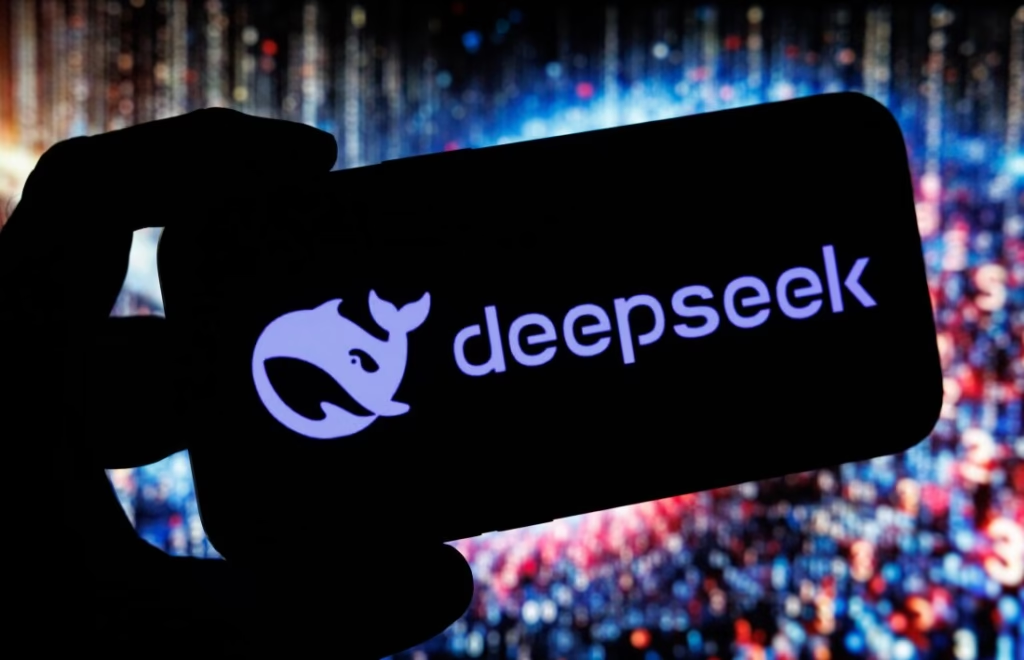China’s DeepSeek AI Faces ‘Large-Scale Malicious Attacks’: What This Means for AI Security
AI is rapidly becoming the backbone of everything from healthcare and finance to national security and consumer services. But as the technology grows, so do the threats against it. Recently, China’s DeepSeek AI has come under large-scale malicious attacks, sparking concern about the security of these advanced systems and the potential fallout from such attacks.
What Exactly is DeepSeek AI?
DeepSeek AI is an innovative AI system developed by Chinese tech companies, designed to optimize industries like finance, healthcare, and national security. Using deep learning and neural networks, DeepSeek processes large amounts of data to generate insights that can drive better decision-making and efficiency in various sectors. Its importance to China’s tech landscape has made it a prime target for cybercriminals and other bad actors.
Details of the Malicious Attacks
DeepSeek AI has been targeted by a series of large-scale cyber-attacks, which experts believe are aimed at exploiting weaknesses in its system. These attacks range from common Distributed Denial of Service (DDoS) efforts to more sophisticated attempts to manipulate the AI’s data processing. Though the full scope of the attack is still being assessed, the impacts are evident—DeepSeek’s ability to carry out its core functions has been compromised, and these disruptions have far-reaching consequences.
Why DeepSeek, though? It’s simple. The AI is integral to sectors like national security, healthcare, and finance. If hackers were to manipulate or destroy the AI’s outputs, they could cause widespread damage—be it disrupting financial markets, endangering national security, or risking lives in the healthcare industry.
Why Is DeepSeek Such a High-Profile Target?
- Finance: AI systems like DeepSeek are used in analyzing financial data, from stock trading to banking decisions. If compromised, they could cause chaos in markets or even lead to financial losses for individuals and companies.
- National Security: Many AI systems are used to monitor and analyze security data. A successful cyber-attack on such systems could severely weaken a country’s ability to defend itself.
- Healthcare: AI is becoming a crucial tool in diagnosing patients and offering medical recommendations. If these systems fail, the impact could be life-threatening.
- Consumer Trust: As we rely more on AI-driven services, any attack on a major system like DeepSeek could create a public backlash, slowing the widespread adoption of AI technologies.
The Growing Cyber Threat to AI
AI isn’t just the next frontier of technology—it’s also a prime target for cyber-attacks. The DeepSeek attack illustrates how vulnerable even the most advanced AI systems can be to hackers. As AI technology becomes more embedded in critical industries, we must address its security risks.
China’s Response to the Attack
China, like many other countries, is actively strengthening its cybersecurity defenses in the wake of this attack. While the details of the attack remain under investigation, Chinese tech companies are ramping up their security protocols. This is especially important given China’s increasing reliance on AI across multiple industries.
How Can AI Systems Be Protected from Malicious Attacks?
The attack on DeepSeek highlights how vital it is to ensure AI systems are secure. As AI becomes a key player in industries like finance and healthcare, here’s what can be done to protect these systems:
- Strengthen Security from the Ground Up: AI systems must be built with strong cybersecurity protections—think encryption and data integrity measures—before they are even deployed. Developers need to anticipate and guard against all possible threats.
- Continuous Monitoring: With AI becoming more complex, continuous real-time monitoring is essential. AI-powered security tools can detect unusual activity and prevent cyber-attacks before they cause harm.
- Redundancy and Backup Systems: Even the best AI systems can face attacks. Having backup systems in place ensures that if one system fails, another can take over, maintaining operations smoothly.
- Collaboration is Key: Governments, tech companies, and cybersecurity experts need to work together more closely to share intelligence and develop new defenses. The fight against cybercrime isn’t something any one sector can tackle alone.
- Cybersecurity Training for AI Developers: AI developers must be trained to think about cybersecurity as part of the development process, not an afterthought. This proactive approach will ensure systems are resilient from day one.
What Does This Mean for AI Development Globally?
The large-scale attack on DeepSeek AI should be a wake-up call for industries and governments worldwide. As AI becomes increasingly integrated into everyday life, cyber-attacks like this could cause serious disruption. If AI systems are targeted and compromised, it could set back innovation and adoption, especially in sensitive sectors. This is why cybersecurity must be a top priority for AI development across the globe.
Conclusion: Protecting AI’s Future
The malicious attack on China’s DeepSeek AI is a stark reminder of the vulnerabilities in the rapidly evolving world of artificial intelligence. The implications of such attacks go beyond just one system; they have the potential to disrupt entire sectors, economies, and even national security. As AI continues to grow, the security of these systems must evolve alongside it. Stronger cybersecurity measures will ensure that AI can reach its full potential without falling prey to malicious actors.



